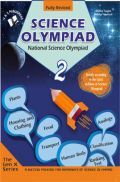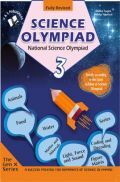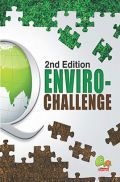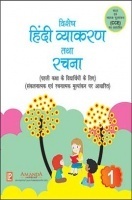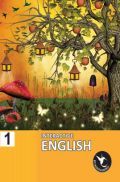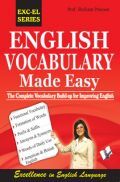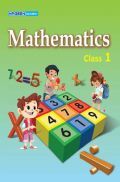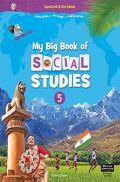Wren & Martin’s Primary School English Grammar & Composition (PSEGC) has been specially designed to be used as a prequel to the Middle School English Grammar & Composition, and the highly popular, High School English Grammar & Composition. Primary School English Grammar & Composition is largely based on the latest developments in the study of English structure and usage. The main objective of this book is to equip the learners with the ability to use English effectively in real-life situations.
Unlike many traditional grammar books, this book helps the student to use the language as well as gives detailed information about the language. It provides ample guidance and practice in sentence building, correct usage, comprehension, composition and other allied areas so as to equip the students with the ability to communicate effectively in English.
This book Useful for Primary Students.
1. Naming Words
2. Kinds of Nouns
3. Number
4. Gender
5. Possessive Nouns and Use of Apostrophe
6. Pronouns
7. Personal Pronouns
8. Possessive Pronouns
9. Demonstrative Pronouns
10. Interrogative Pronouns
11. Reflexive Pronouns
12. Relative Pronouns
13. Describing Words
14. Adjectives of Number
15. Adjectives of Quality
16. Adjectives of Quantity
17. Demonstrative Adjectives
18. Interrogative & Possessive Adjectives
19. Comparison of Adjectives
20. Types of Articles
21. What are Verbs?
22. Tenses– Past, Present & Future
23. Be Verbs
24. Transitive & Intransitive Verbs
25. Linking Verbs
26. What are Infinitives?
27. What is a Gerund?
28. Present Participle
29. Past Participle
30. Simple Present Tense
31. Simple Past Tense
32. Simple Future Tense
33. Present Continuous Tense
34. Present Perfect Tense
35. Past Continuous Tense
36. Describing Doing Words
37. Adverbs of Manner
38. Adverbs of Place
39. Adverbs of Time
40. Adverbs of Degree
41. Interrogative Adverbs
42. Comparison of Adverbs
43. What are Prepositions?
44. Correct Use of Prepositions
45. What are Conjunctions?
46. Correlative Conjunctions
47. What are Interjections?
48. What is a Sentence?
49. Kinds of Sentences
50. Subject and Predicate
51. Subject-Verb Agreement
52. The Active and Passive Voice
53. Types of Speech
54. Reading and Understanding a Story
55. Reading to Understand a Poem
56. Reading—Distinguishing Between Facts and Opinions
57. Understanding and Following a Conversation/Dialogue
58. Reading to Gather Factual Information
59. Paragraph Writing
60. Picture Composition
61. Letter Writing
62. Invitation
63. Thank-You Note
64. Essay Writing
65. Dialogue Writing
66. Diary Entry
67. Writing Postcards
Irregular Verbs







